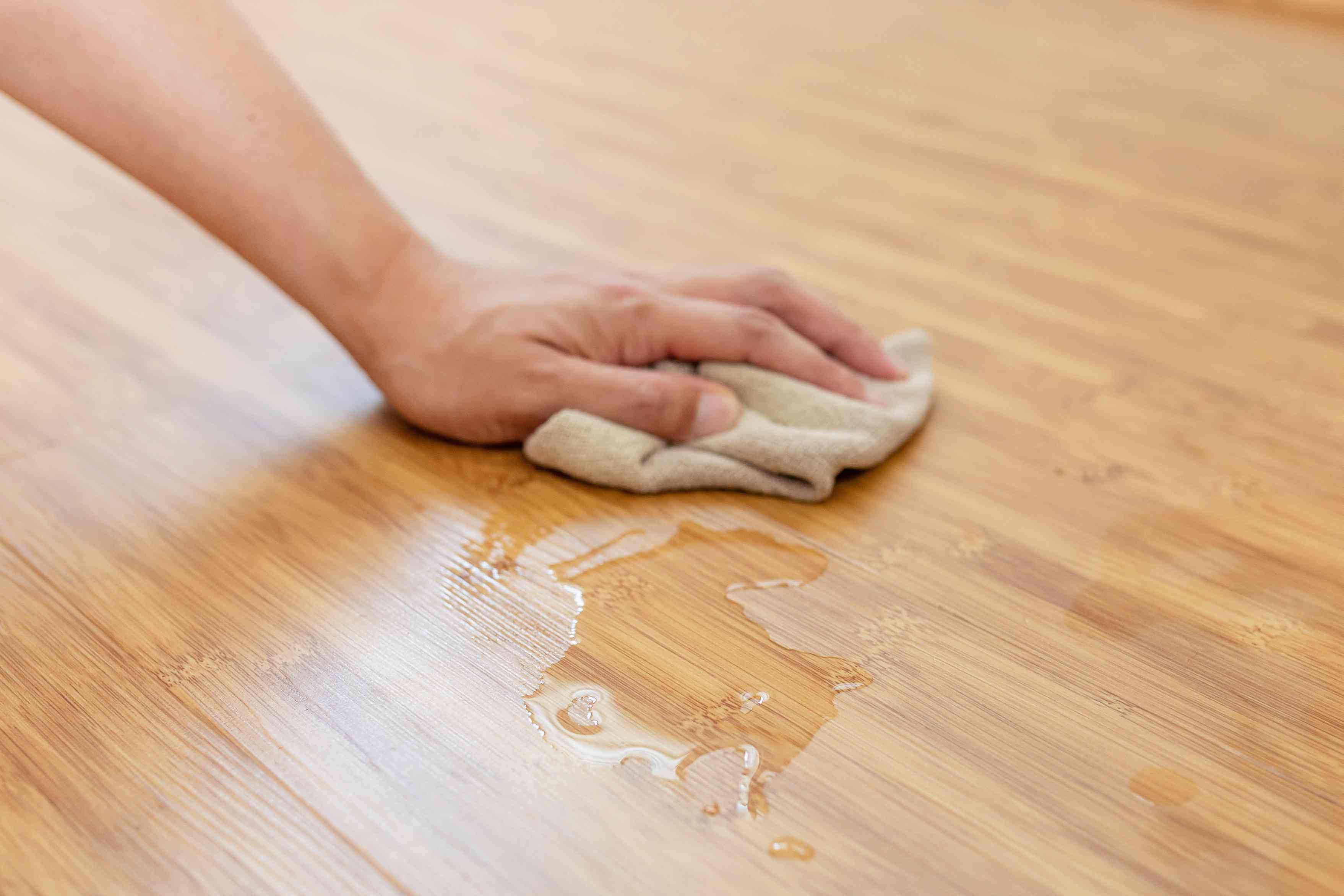

Articles
How To Soak Up Water From Floor
Modified: August 31, 2024
Learn effective techniques to soak up water from your floor with our insightful articles. Say goodbye to wet and slippery surfaces.
(Many of the links in this article redirect to a specific reviewed product. Your purchase of these products through affiliate links helps to generate commission for Storables.com, at no extra cost. Learn more)
Introduction
Welcome to this comprehensive guide on how to effectively soak up water from the floor. Dealing with water damage can be a stressful and overwhelming experience, but knowing the proper techniques can make the process much easier. Whether you’re dealing with a small spill or a major flooding event, it’s important to take immediate action to prevent further damage and potential mold growth.
Water damage can occur for a variety of reasons, such as leaks, pipe bursts, overflowing appliances, or natural disasters. Regardless of the cause, the key is to act quickly to remove the excess water and restore your floors to their original condition. This guide will provide you with step-by-step instructions on how to soak up water from the floor, as well as tips and tricks to prevent future damage.
Before we dive into the details, it’s important to understand the importance of soaking up water from the floor. Excess moisture can seep into the subfloor, leading to structural damage, weakened floorboards, and even mold growth. Mold can pose serious health risks and cause further damage to your property, so it’s crucial to address any water issues promptly.
Now let’s move on to the tools and materials you’ll need for effective water soaking.
Key Takeaways:
- Act quickly to soak up water from the floor using absorbent towels, mops, and vacuum cleaners. Prevent structural damage, mold growth, and accidents by promptly addressing water issues.
- Implement preventive measures to avoid water damage, such as regular plumbing inspections, proper drainage maintenance, and sealing cracks. Stay vigilant and maintain dry floors to minimize potential hazards.
Read more: How Long To Soak Mums In Water
Understanding the Importance of Soaking Up Water from the Floor
When water accumulates on your floors, it’s important to take immediate action to soak it up and prevent further damage. Ignoring or delaying the process can lead to costly repairs, structural issues, and potential health hazards like mold growth.
Here are a few key reasons why soaking up water from the floor is crucial:
- Prevention of structural damage: Excess water can seep into the subfloor, causing it to weaken and potentially rot over time. This can lead to sagging or warped floors, and in severe cases, even collapse. By promptly soaking up the water, you minimize the risk of long-term damage to your floor’s structural integrity.
- Preventing mold growth: Mold thrives in damp environments, and a wet floor can provide the ideal conditions for it to spread. Mold not only causes unpleasant odors and stains, but it can also trigger allergies and respiratory issues. By quickly removing the water, you reduce the likelihood of mold taking hold and spreading throughout your home.
- Preserving flooring materials: Different types of flooring, such as hardwood, laminate, or carpet, can be particularly sensitive to moisture. Standing water can cause warping, discoloration, and deterioration of these materials. By promptly addressing the water issue, you can protect and preserve your flooring investment.
- Preventing accidents: A wet floor can be extremely slippery and increase the risk of accidents and falls, especially if there are elderly or young children in your household. By quickly drying the floor, you create a safe environment and reduce the chances of injuries.
Now that we’ve highlighted the importance of soaking up water from the floor, let’s move on to the tools and materials you’ll need to effectively tackle this task.
Tools and Materials Needed for Soaking Up Water
Before you begin the process of soaking up water from the floor, it’s essential to gather the necessary tools and materials. Having everything on hand will help you work efficiently and effectively. Here are the key items you’ll need:
- Absorbent towels or rags: These will be your main tool for soaking up the water. Choose highly absorbent materials like microfiber or heavy-duty towels that can hold a significant amount of liquid.
- Mops or squeegees: Depending on the size of the affected area, you may need a mop or squeegee to help remove larger quantities of water. Opt for a mop with a microfiber head or a squeegee with a rubber blade for better water removal.
- Wet/dry vacuum cleaner: If you’re dealing with a considerable amount of water, a wet/dry vacuum cleaner can be incredibly useful. These powerful machines are designed to handle both wet and dry messes, making the water extraction process much faster.
- Buckets or containers: You’ll need buckets or containers to transfer the collected water for disposal. Make sure they are clean and sturdy enough to hold and transport water without leaking.
- Fans or dehumidifiers: After soaking up the water, it’s crucial to facilitate proper drying to prevent mold growth. Fans and dehumidifiers will help circulate air and remove excess moisture from the environment.
- Protective gear: It’s important to ensure your safety while dealing with water damage. Wear waterproof gloves, rubber boots, and protective eyewear to protect yourself from potential hazards.
Having these tools and materials ready will streamline the process of soaking up water and minimize the risk of further damage. Now that you’re prepared, let’s move on to the step-by-step guide on how to effectively soak up water from the floor.
Step-by-Step Guide on How to Soak Up Water from the Floor
Now that you have the necessary tools and materials, let’s walk through the step-by-step process of soaking up water from the floor:
- Assess the situation: Before diving in, evaluate the extent of the water damage. Determine the source of the water and ensure it has been addressed to prevent further flooding.
- Put on protective gear: Prioritize your safety by wearing waterproof gloves, rubber boots, and protective eyewear before you start soaking up the water.
- Remove any standing water: Start by using absorbent towels or rags to soak up as much standing water as possible. Press down firmly and move the towels in a sweeping motion to absorb the water effectively.
- Use a mop or squeegee: If the affected area is large, use a mop or squeegee to remove excess water. Push the water towards a drain or towards an area where you can easily collect it.
- Utilize a wet/dry vacuum cleaner: If you have a wet/dry vacuum cleaner, use it to extract remaining water from the floor. Move the vacuum cleaner slowly over the wet areas, ensuring it picks up as much water as possible.
- Wring out and replace towels: As the towels become saturated, wring them out into a bucket or container and replace them with dry towels to continue soaking up the water.
- Repeat the process: Continue the process of soaking up the water, using the towels, mop, or vacuum cleaner as needed. Be thorough and take your time to ensure you remove as much water as possible.
- Facilitate drying: Once the majority of the water has been soaked up, use fans or dehumidifiers to accelerate the drying process. This will help remove excess moisture from the air and prevent mold growth.
- Disinfect the area: After the floor is completely dry, disinfect the affected area to prevent bacteria, mold, or mildew from thriving. Use a mild solution of water and bleach or a commercial disinfectant according to the manufacturer’s instructions.
- Monitor for mold: Keep an eye on the area for any signs of mold growth in the following days and weeks. If you notice any mold or musty odors, take appropriate measures to address it immediately.
By following these steps, you can effectively soak up water from the floor and minimize the potential for further damage. However, it’s important to take preventive measures to avoid water damage and mold growth in the first place. Let’s explore some tips and tricks for preventing water damage and maintaining dry floors in the next section.
Use a wet/dry vacuum to quickly and efficiently soak up water from the floor. Make sure to empty the vacuum regularly to prevent overflow.
Preventing Water Damage and Mold Growth
Prevention is always better than dealing with the aftermath of water damage. By taking proactive measures, you can significantly reduce the risk of water damage and the subsequent growth of mold. Here are some important tips to help you prevent water damage and maintain dry floors:
- Regularly inspect and maintain your plumbing: Check for any leaks, drips, or loose connections in your plumbing system. Repair any issues immediately to prevent water damage from occurring.
- Install and maintain proper drainage systems: Ensure that your gutters, downspouts, and drainage systems are working effectively. Clear away debris regularly to prevent blockages and water buildup.
- Inspect and maintain appliances and fixtures: Regularly check for leaks or malfunctioning parts in appliances such as washing machines, dishwashers, water heaters, and refrigerators. Replace worn-out or damaged hoses, faucets, and connections to prevent water damage.
- Seal cracks and gaps: Inspect your floors, walls, and ceilings for any cracks or gaps where water can seep through. Seal them with appropriate sealants to prevent moisture intrusion.
- Use waterproofing techniques: Consider applying waterproofing products, such as sealants or waterproof membranes, to vulnerable areas like basements, bathrooms, and laundry rooms.
- Keep an eye on the water pressure: Excessive water pressure can cause pipes to burst. Install a pressure regulator to maintain a safe and consistent water pressure level throughout your home.
- Monitor your water bill: A sudden increase in your water bill could indicate an undetected leak. If you notice any unusual spikes, investigate and have the issue resolved promptly.
- Be cautious with water-related activities: Be mindful of activities that involve water, such as bathing, cooking, or washing dishes. Ensure that water is properly contained and doesn’t splash onto the floor.
- Properly ventilate moist areas: Ensure that areas prone to moisture, such as bathrooms and kitchens, are well-ventilated. Use exhaust fans or open windows to allow moisture to escape.
- Insulate pipes: In colder climates, insulate vulnerable pipes to prevent them from freezing and potentially bursting.
By implementing these preventive measures, you can minimize the potential for water damage and mold growth. However, accidents can still happen. In such cases, knowing how to effectively soak up water from the floor will come in handy. Let’s explore a few additional tips and tricks to enhance your water soaking process.
Tips and Tricks for Effective Water Soaking
When it comes to soaking up water from the floor, utilizing these tips and tricks can help you work more efficiently and ensure thorough water removal:
- Act quickly: The longer water sits on the floor, the higher the risk of damage. Time is of the essence, so begin soaking up the water as soon as possible.
- Start from the source: If there is a specific source of water, such as a burst pipe or a leaking appliance, address the issue before you start soaking up the water. This will help prevent further water damage.
- Work from the edges inward: Start soaking up the water from the outer edges of the affected area and gradually work your way towards the center. This will prevent the water from spreading further.
- Use overlapping motions: When using towels or mops, overlap your strokes to ensure that you cover the entire area and leave no pockets of water behind.
- Apply pressure: Press down firmly when using towels or mops to maximize water absorption. Applying pressure will help extract more water from the floor.
- Change towels regularly: As towels become saturated, replace them with dry ones to maintain their effectiveness. Squeezing out excess water from the towels before use will also enhance their absorbency.
- Focus on porous materials: If you have carpeting or rugs in the affected area, pay extra attention to these porous materials. Use a wet/dry vacuum cleaner to remove as much water as possible.
- Use heat to speed up drying: If safe to do so, you can use heaters or open windows to increase air circulation and promote faster drying. Ensure proper ventilation to prevent the buildup of excess moisture.
- Dispose of water properly: Dispose of the collected water in a suitable drain or designated area. Avoid pouring the water down sinks or toilets if the plumbing system is compromised.
- Double-check for hidden moisture: Even after soaking up visible water, check for hidden moisture in walls or under flooring materials. Use moisture meters or consult professionals if necessary.
By incorporating these tips and tricks into your water soaking process, you can effectively remove water from your floors and minimize the risk of damage or mold growth.
Remember, prevention is key, so stay vigilant and take the necessary measures to prevent water damage in the first place. Regular maintenance, inspections, and prompt action are essential to keeping your floors dry and your home safe from the potential hazards of water damage.
Conclusion
Dealing with water damage on your floors can be a stressful experience, but with the right knowledge and techniques, you can effectively soak up water and minimize the risk of further damage and mold growth. Acting promptly, using the right tools, and taking preventive measures are key to success.
In this comprehensive guide, we explored the importance of soaking up water from the floor to prevent structural damage, mold growth, and other potential hazards. We discussed the tools and materials needed for the task, including absorbent towels, mops, wet/dry vacuum cleaners, buckets, and fans. By ensuring you have these items readily available, you can approach the water soaking process with confidence and efficiency.
We provided you with a step-by-step guide on how to effectively soak up water from the floor, emphasizing the importance of removing standing water, using appropriate tools, and facilitating proper drying. We also shared tips and tricks to enhance your water soaking techniques, such as acting quickly, working from the edges inward, and utilizing pressure to maximize water absorption.
Additionally, we highlighted the significance of preventing water damage and mold growth through regular maintenance, proper plumbing care, and insulation. By implementing these preventive measures, you can protect your floors and minimize the risk of water-related issues in your home.
Remember, safety should always be a priority when dealing with water damage. Wear protective gear, monitor for potential hazards, and seek professional help if needed. Water damage can be a serious issue, so it’s crucial to address it promptly and effectively.
By following the guidance provided in this guide, you’ll be well-equipped to handle water damage situations, ensuring your floors stay dry, your home remains safe, and you can enjoy peace of mind. Soak up that water, take preventive measures, and maintain a healthy, water-damage-free home.
Frequently Asked Questions about How To Soak Up Water From Floor
Was this page helpful?
At Storables.com, we guarantee accurate and reliable information. Our content, validated by Expert Board Contributors, is crafted following stringent Editorial Policies. We're committed to providing you with well-researched, expert-backed insights for all your informational needs.
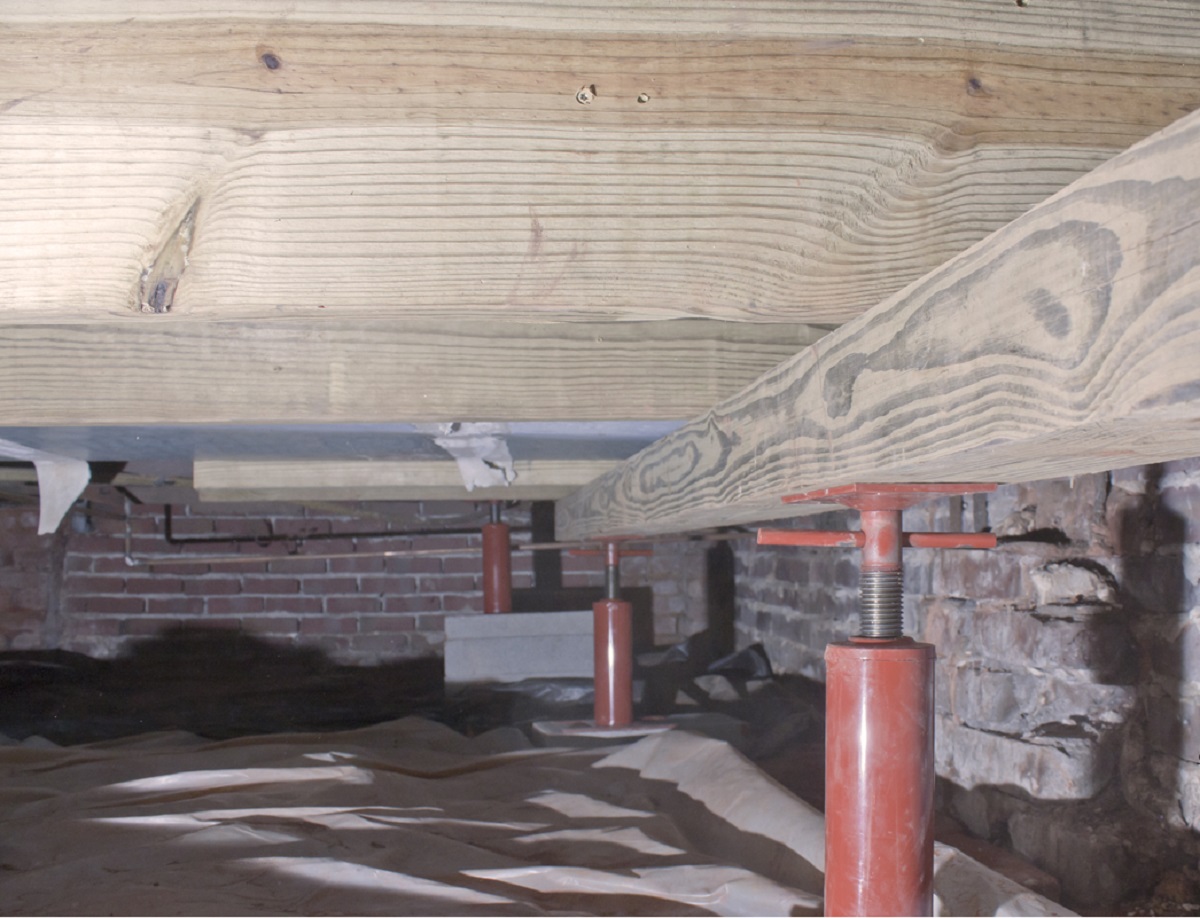
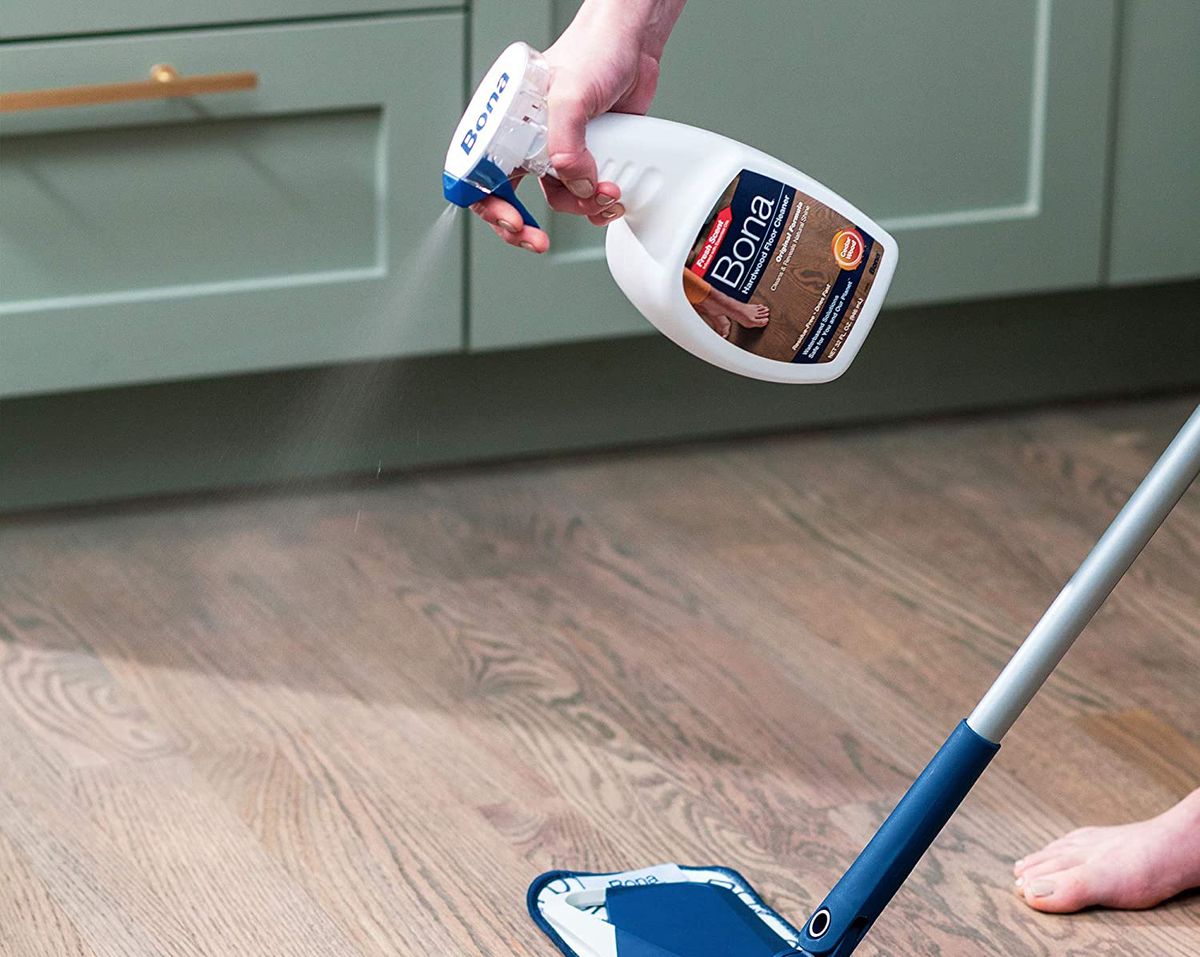
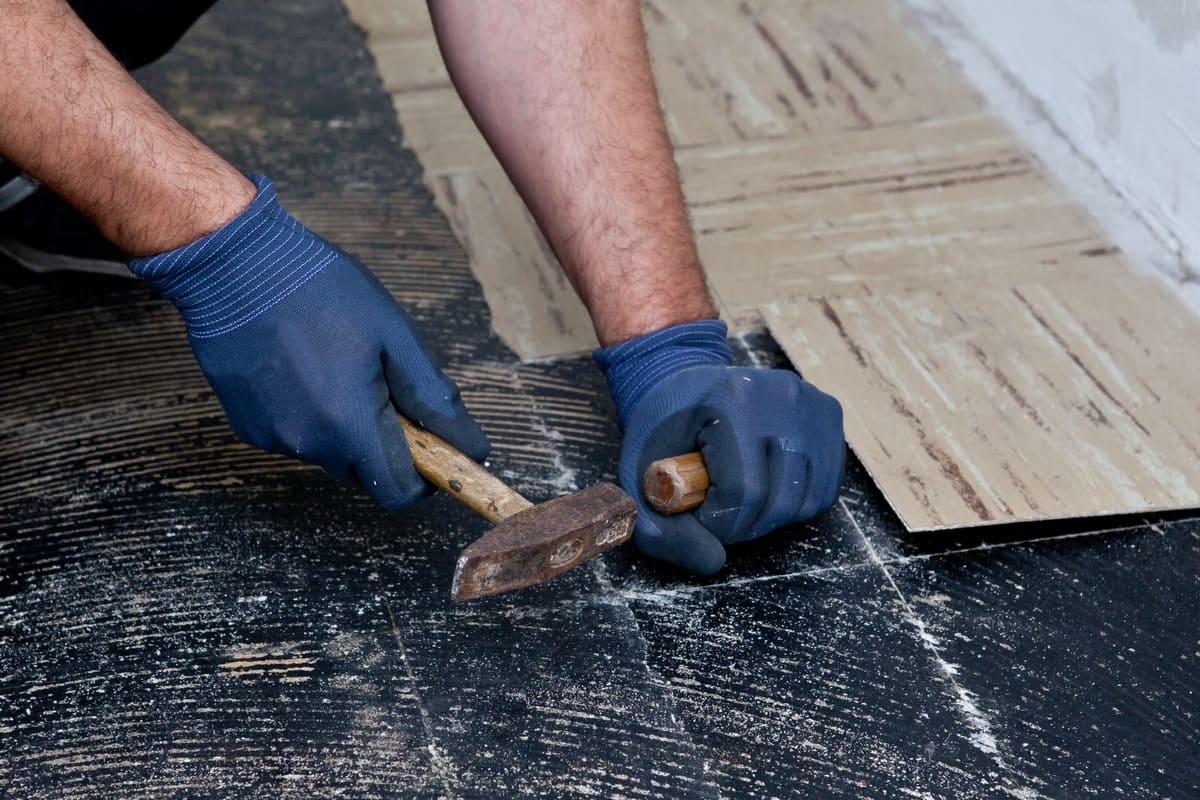
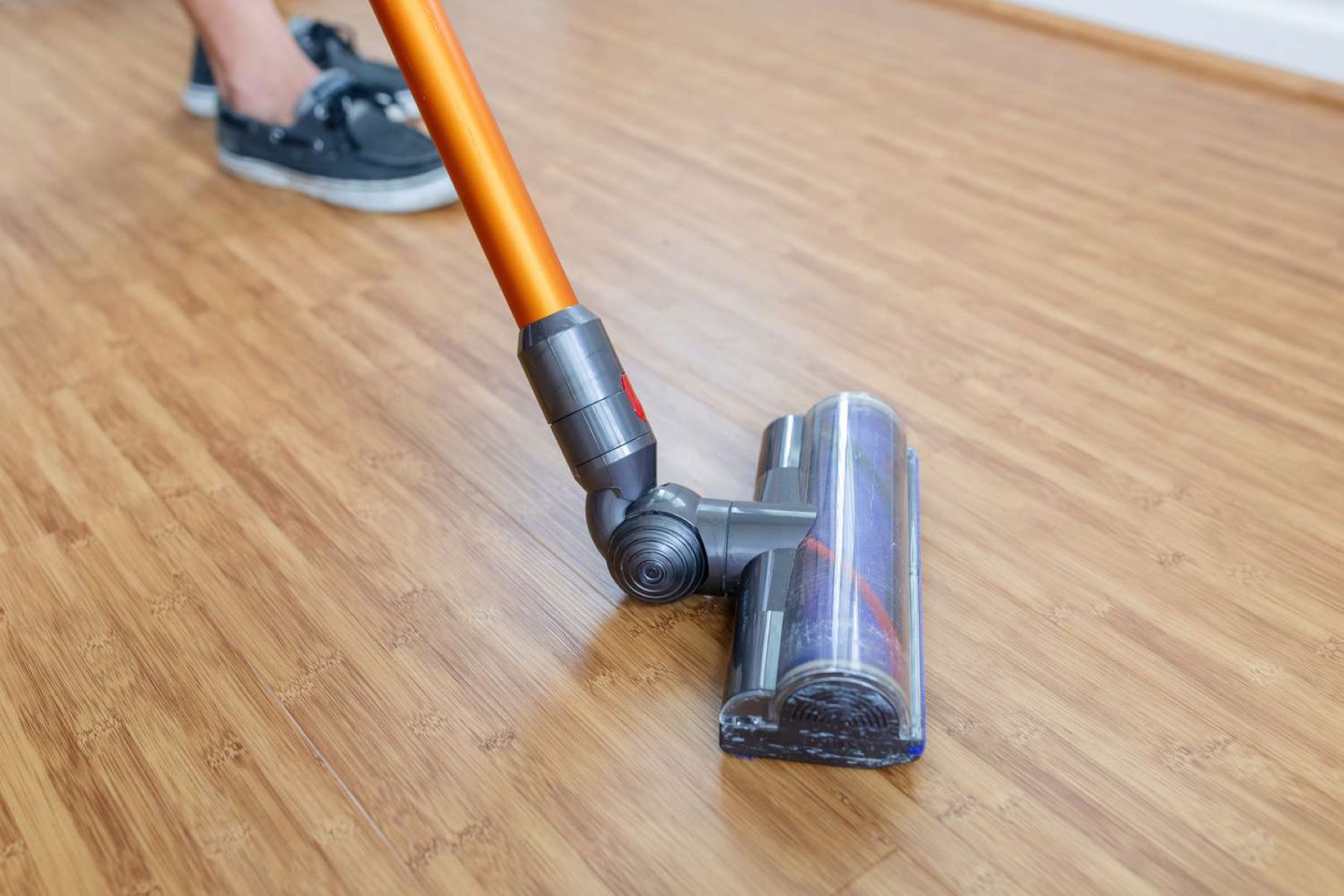
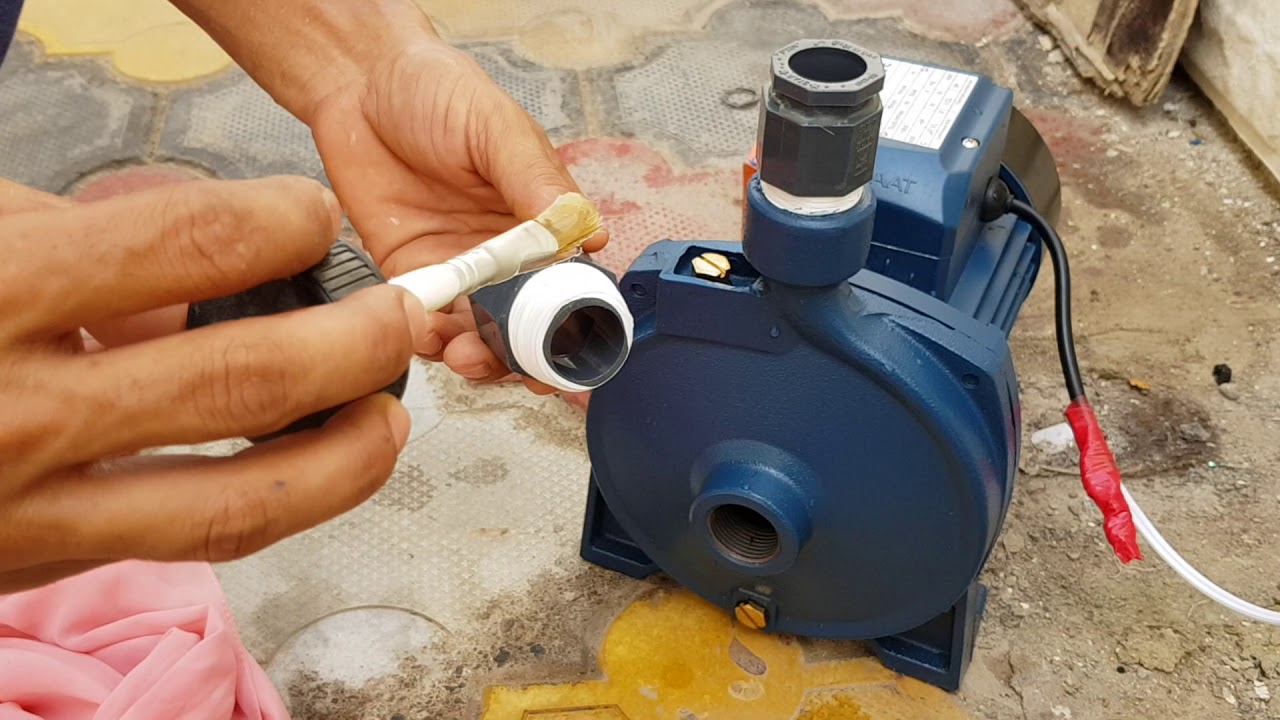

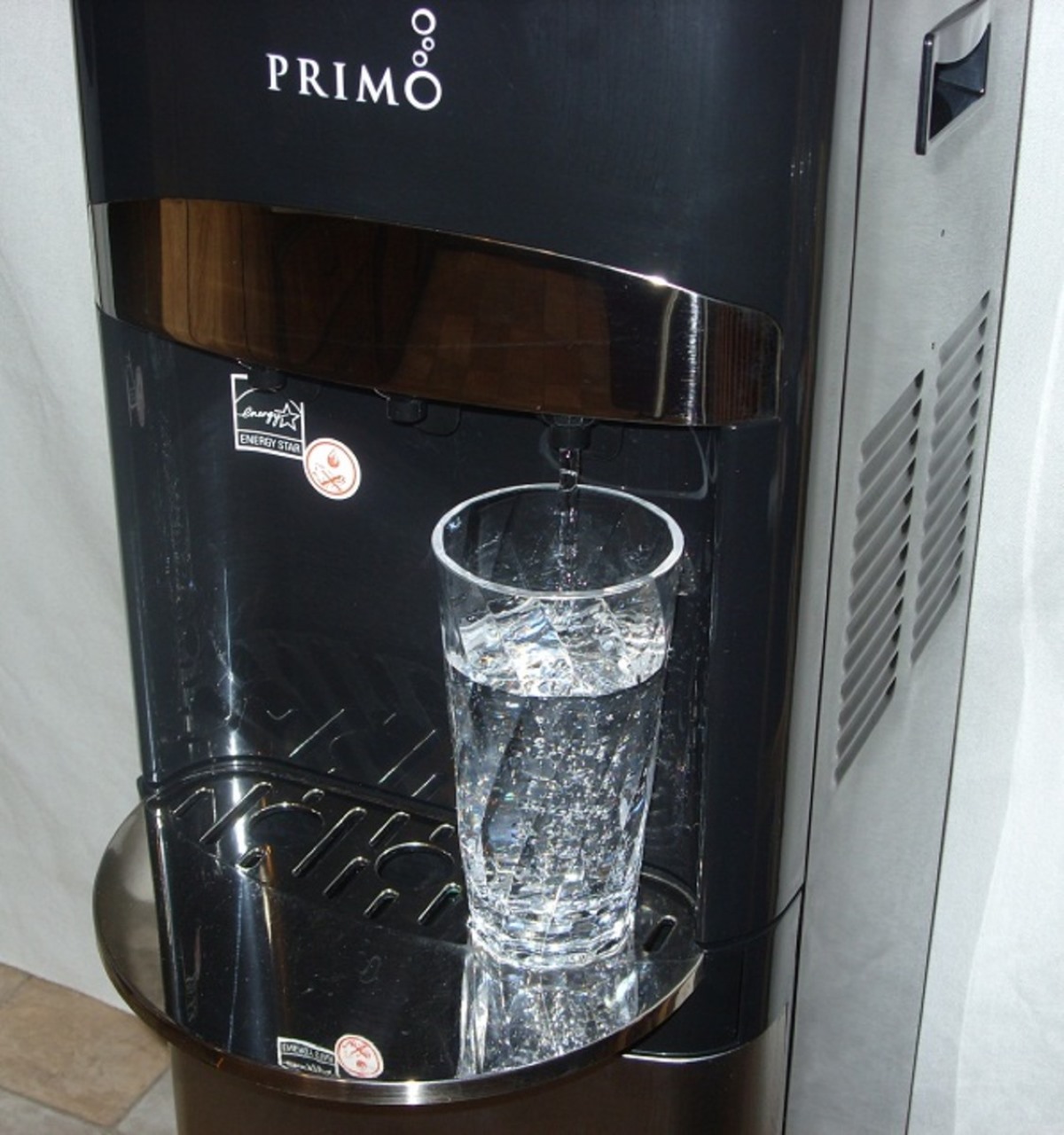
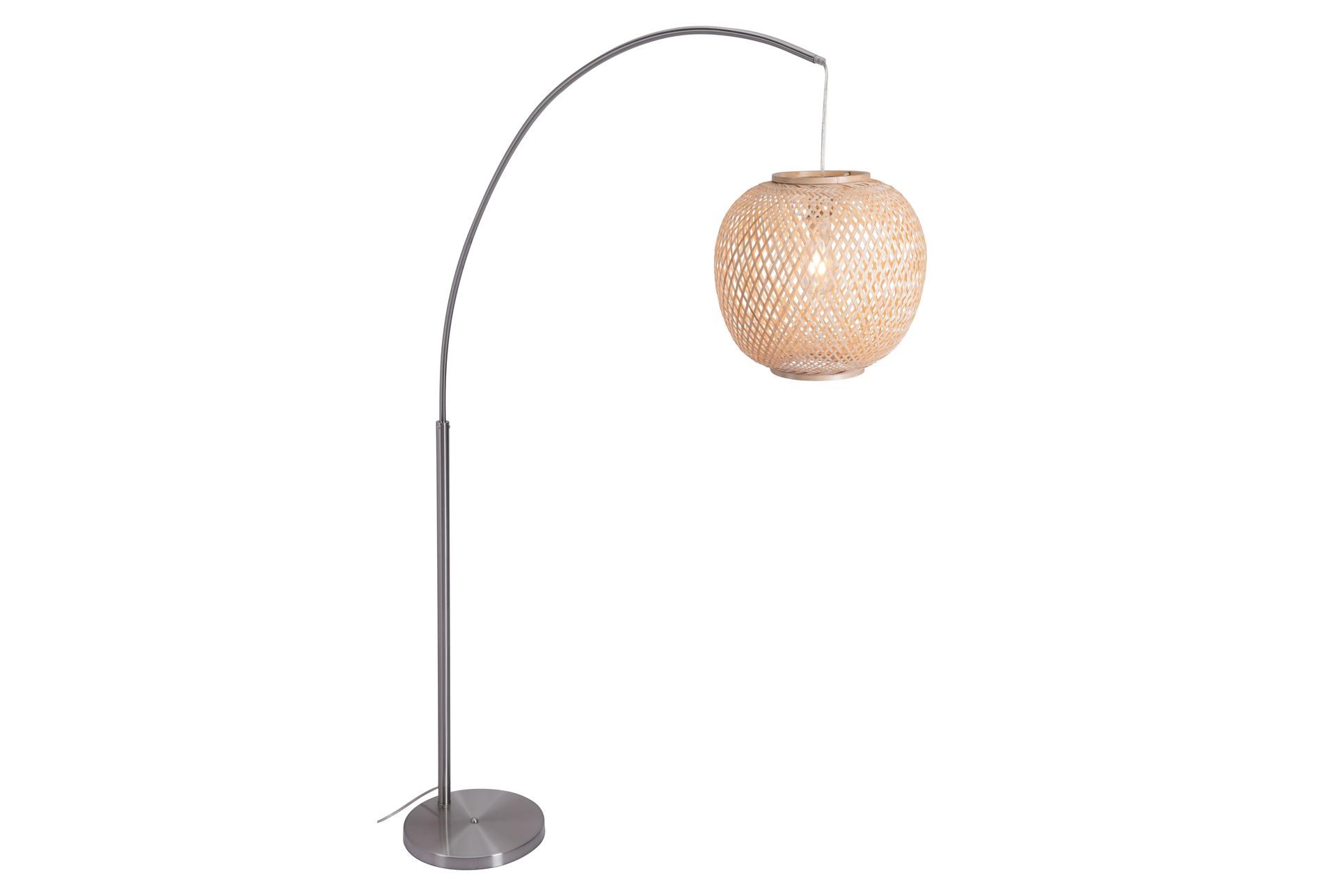
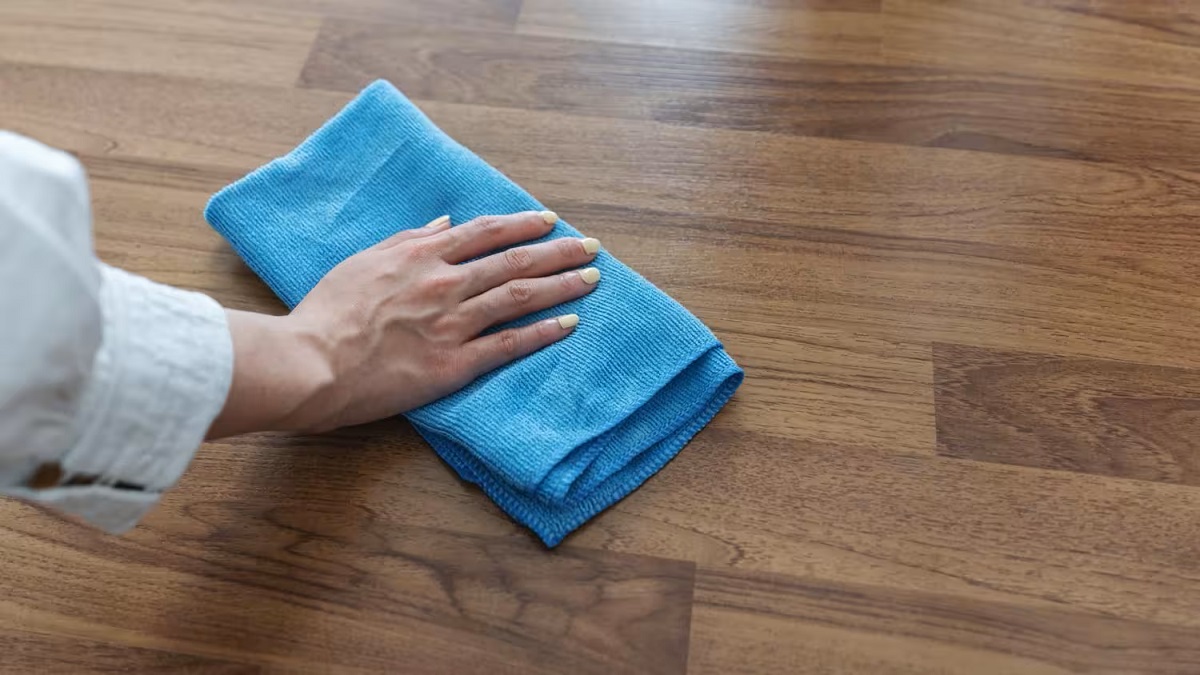
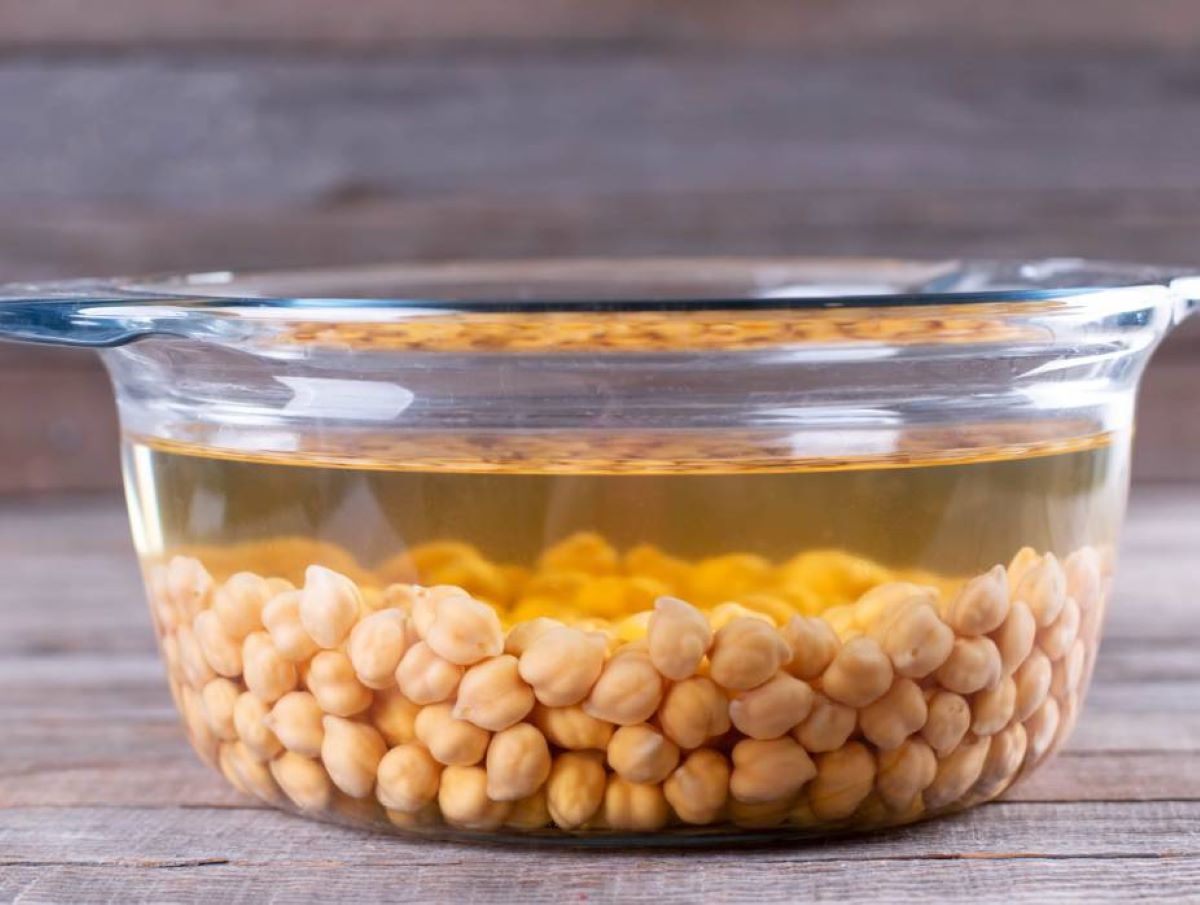
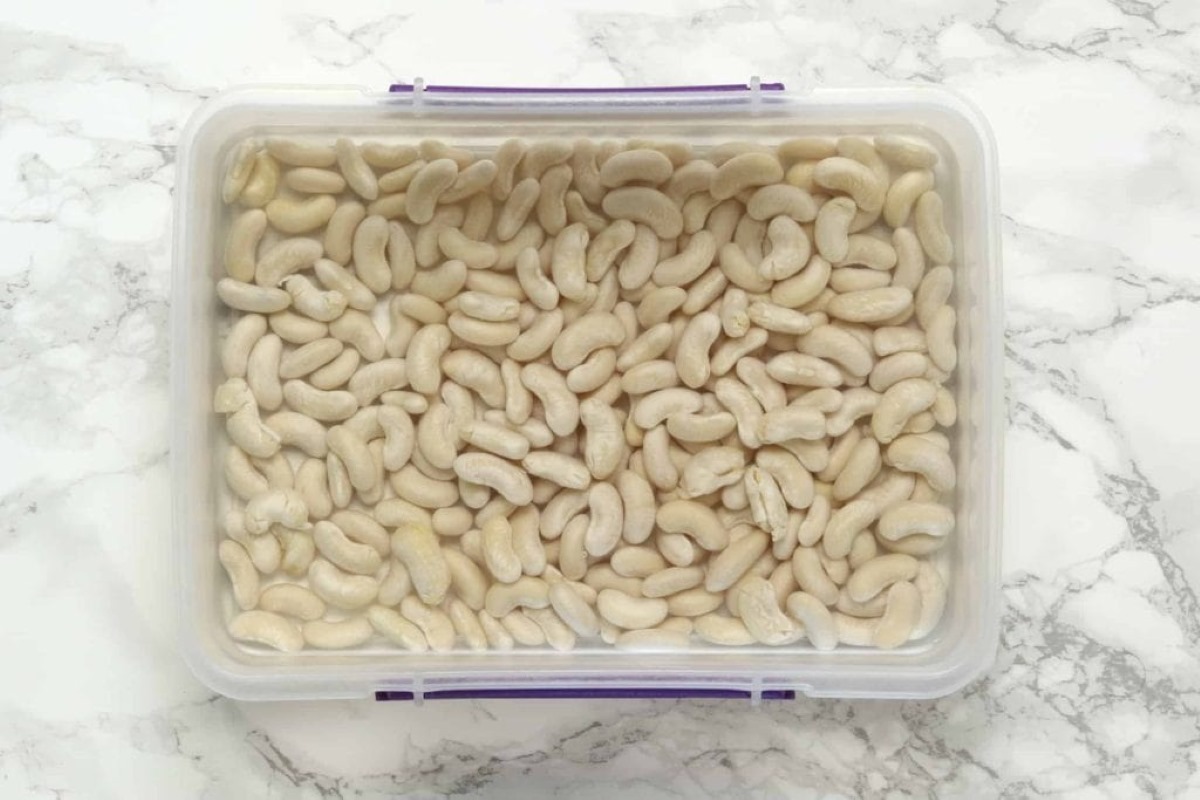
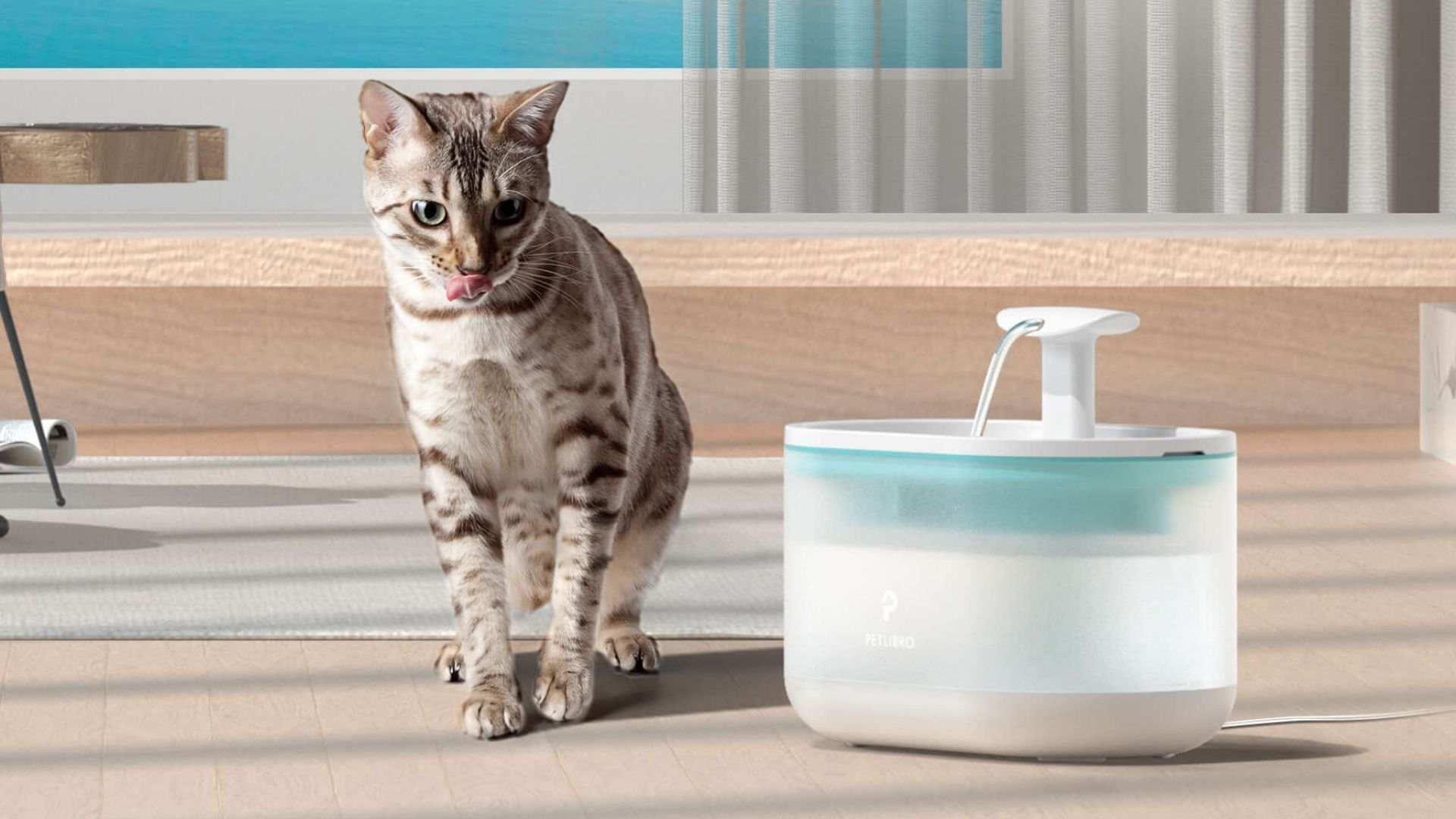
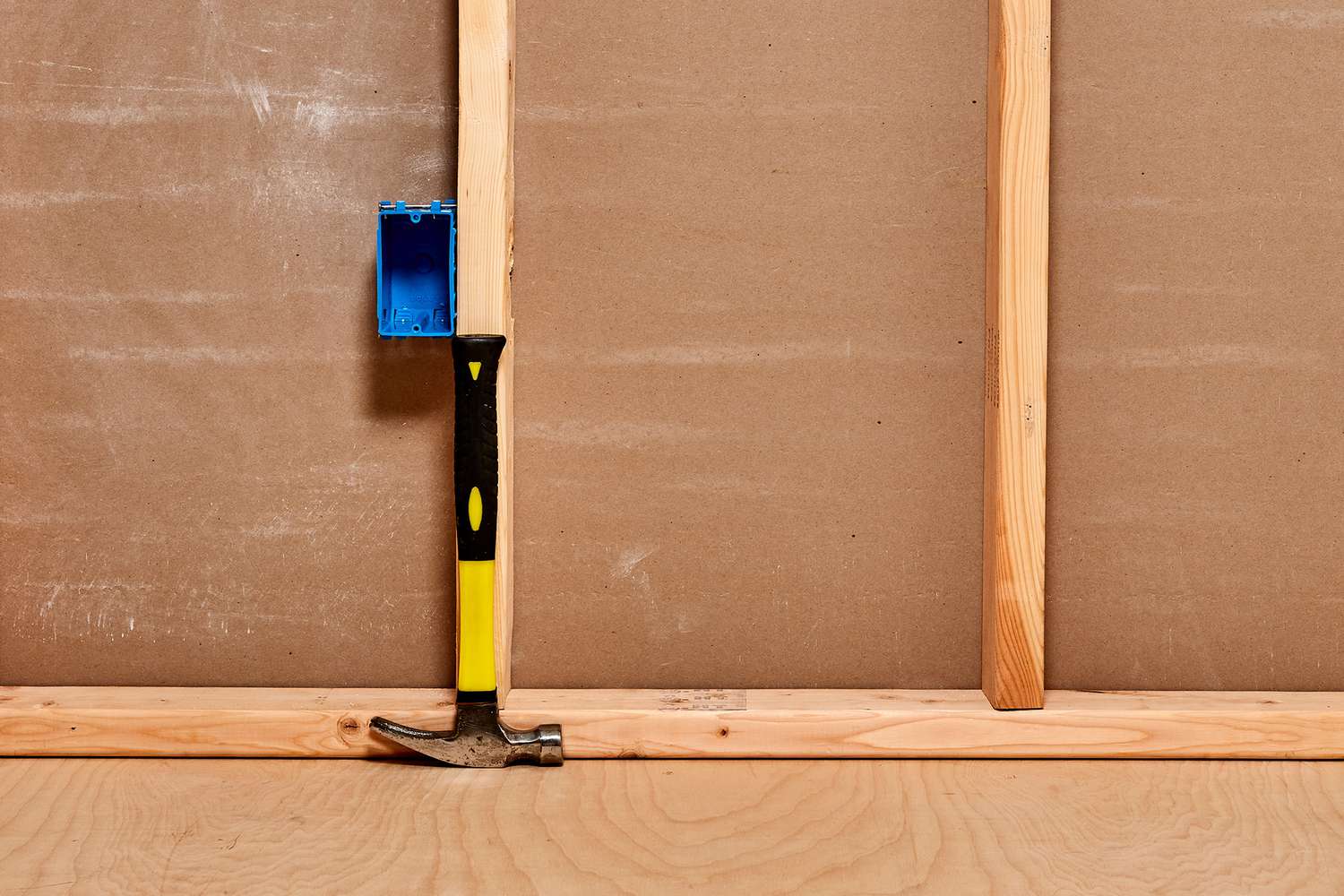
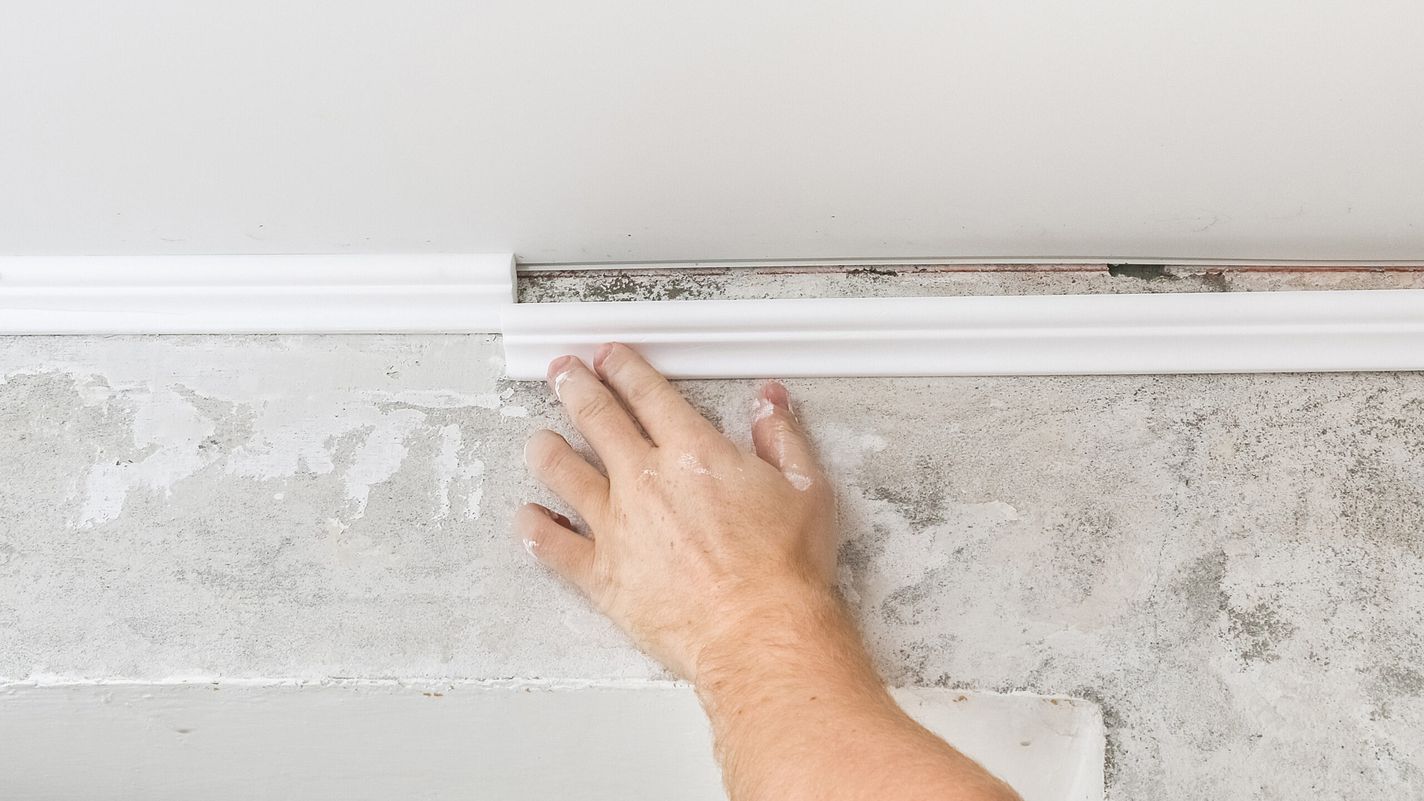

0 thoughts on “How To Soak Up Water From Floor”